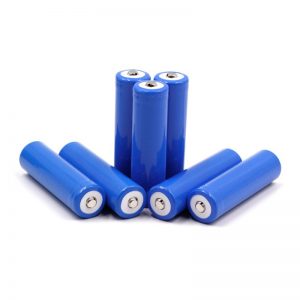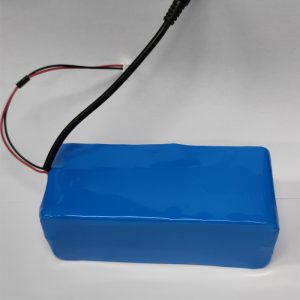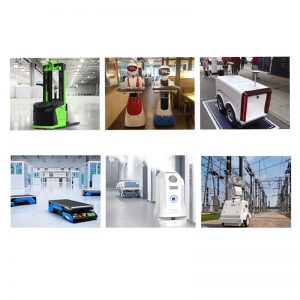18650 lithium battery is the originator of lithium ion battery. It is a standard lithium ion battery model set by SONY in Japan in order to save costs at that time. 18 means 18mm in diameter, 65 means 65mm in length, and 0 means cylindrical battery.
Lithium ion batteries have a voltage of 3.6V and 4.2V, and lithium iron phosphate batteries have a voltage of 3.2V, with a capacity of 1200mah-3000mah, and a common capacity of 2200mah-3600mah.


How long does it take to charge the 18650 battery?
The 18650 lithium battery typically has a ma level between 2,300 and 3,600 mA. Because higher milliamps mean higher capacity and longer running time, it also means that a 3500mah 18650 battery will take longer to charge than a 2300mAh battery. The difference in charge time will not be dramatic, but it may be noticeable. For example, a 2600mAh 18650 battery might take around 4 hours to charge, while a 3500 mAh battery might take much longer, around 5-6 hours. It takes less time to charge a charger by plugging it into a wall AC adapter than by plugging it into a USB port on a laptop or desktop. Because the 18650 battery has a long charge time, we recommend that you keep at least one spare 18650 battery charged for use, unless you are able to continuously charge during the night or between uses. If you find your battery is dead, it will take some time to restore your flashlight and run it, it is never in the dark!


How long do 18650 batteries last?
This is kind of a complicated question because the amount of time that a 18650 lithium battery can last is dependent on a lot of factors. The amount of time they are used, how often they are recharged, and their general care are all important factors that play into the longevity of your 18650 battery.
18650 lithium battery uses
18650 lithium battery life theory for 1000 cycles of charge. As the density of the unit capacity is very big, so most of the laptop battery, in addition, in 18650 at work stable performance is very good, is widely used in the electronics field: commonly used in high-grade light flashlight, portable power, wireless data transmission, electric thermal clothing, shoes and portable instruments and meters, portable lighting equipment, Portable printers, industrial instruments, medical instruments, etc


